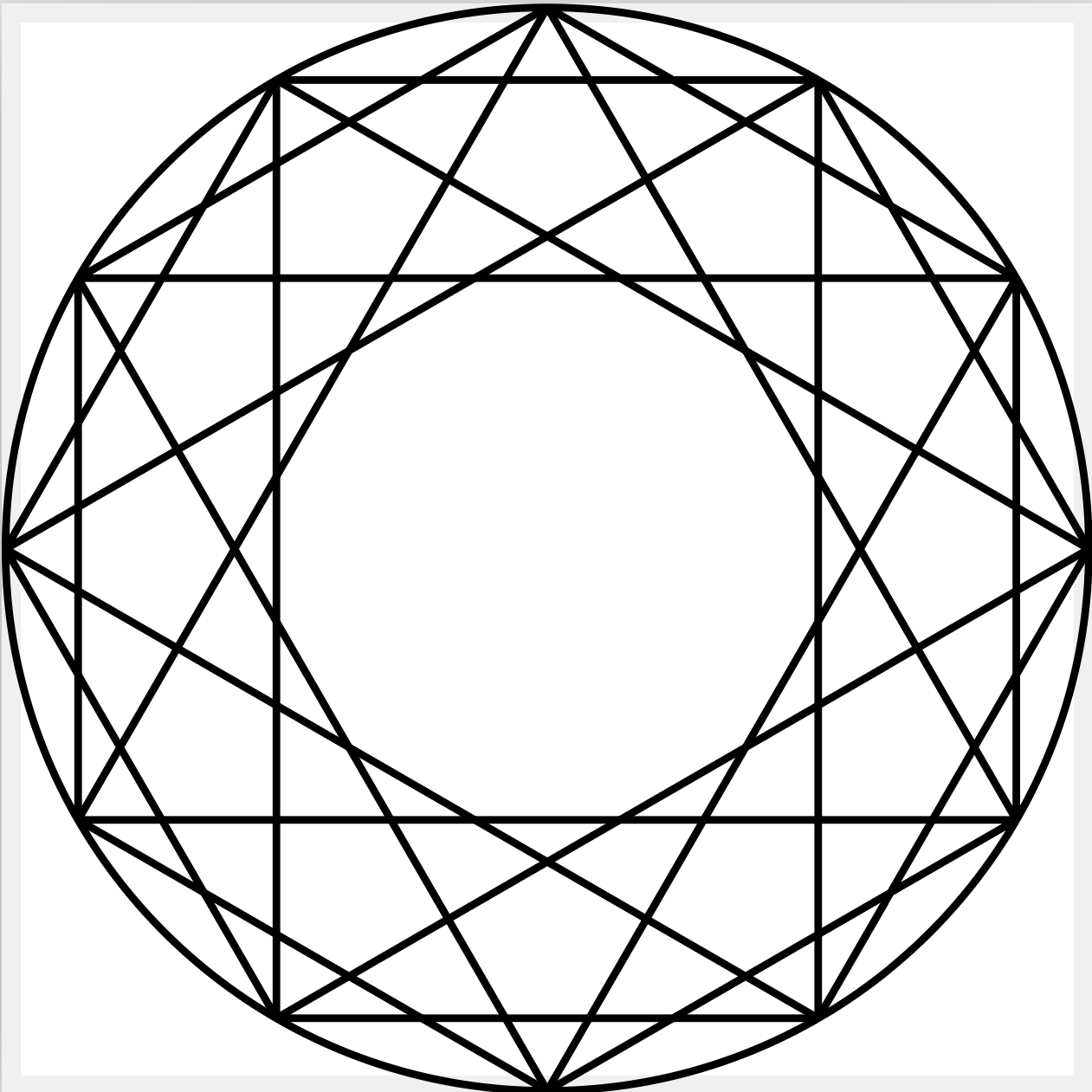50 排版「多个对齐位点」带标号公式的最佳实践?
发布于 2025-06-30 10:21:44
如题,下面是一份MWE和要实现的效果示意图:
\documentclass{article}
\usepackage{xcolor}
\usepackage{amsmath}
\usepackage{lipsum}
\usepackage{hyperref}
\begin{document}
\begin{equation}\label{aaa}
a^2+b^2=c^2
\end{equation}
\lipsum[2]
% https://ask.latexstudio.net/ask/question/17466.html
\begin{equation}
\begin{alignedat}{7}\label{bbb}
\frac{1}{\sqrt{2}}&y_1&& \mathcolor{red}{-}{}& \frac{1}{\sqrt{2}}&y_2&& & & && &{}=f_1\\
\frac{1}{\sqrt{2}}&y_1&& \mathcolor{red}{+}{}& \frac{1}{\sqrt{2}}&y_2&& & & && &{}=f_2\\
& && \mathcolor{red}{+}{}& \frac{1}{\sqrt{2}}&y_2&& \mathcolor{red}{+}{}& &y_3&& &{}=f_3\\
& && \mathcolor{red}{+}{}& -\frac{1}{\sqrt{2}}&y_2&& & & && &{}=f_4\\
\frac{1}{\sqrt{2}}&y_1&& & & && \mathcolor{red}{-}{}& &y_3&& &{}=f_5\\
-\frac{1}{\sqrt{2}}&y_1&& & & && & & && &{}=f_6
\end{alignedat}
\end{equation}
\lipsum[2]
\begin{equation}\label{ccc}
a^2+b^2=c^2
\end{equation}
I want to \eqref{aaa} and \eqref{bbb} together with \eqref{ccc}
\end{document}
是否有更简便的方式,在实现「尽可能减少&数量」(i.e.保持语法的简便)的同时,实现编号和对齐呢?
关注者
0
被浏览
976










